Agent Of Change: Gabrielle Mordy
With not one but two of her artists as finalists in this year’s Archibald Prize – currently showing at the Art Gallery of NSW – Gabrielle Mordy is on a high. The CEO of Studio A, which supports artists with an intellectual disability, has helped guide the careers of artists such as Victoria Atkinson and Thom Roberts, as well as last year’s Archibald finalist Emily Crockford. We spoke with Gabrielle about her work.
Studio A artist Meagan Pelham with her work Love Owls and Mermaids Singing in the Rainbow Pop, 2020, at Art Gallery of NSW. Photo: Courtesy the artists, Studio A and AGNSW.
What exactly does Studio A do?
First and foremost, we are a visual arts studio that makes great art. We do a whole range of art: we do commissions, licensing, selling art, animation, and jewellery. Our point of difference is that we support artists with intellectual disability. Our aim is to ensure a really diverse arts culture and make sure the voice of artists with a disability is heard. We sell creative services that bring an income to our artists.
What sort of art are we talking about?
A range of styles – abstract, comic, very representational photo-style work. We have work that is illustrative and lyrical, work in textiles, digital work. One of our most successful, Emily Crockford, who was an Archibald finalist last year, makes these punchy, bold colourful paintings. She gets lots of commissions for murals – she is working on one today. Meagan Pelham does beautiful lyrical drawings largely about love, and also writes poetry about love. She has collaborated with fashion label Romance Was Born: this year her poetry features in their wedding dresses. We also had three artists handpaint a whole range of Mudd ceramics for Birdfoxmonster, a multi-sensory dining experience held at [Sydney’s] Carriageworks.
Artists Meagan Pelham (left) and Emily Crockford in front of Love Owls and Mermaids Singing in the Rainbow Pop at Art Gallery of NSW. Photo: Courtesy the artists, Studio A and AGNSW
Emily Crockford’s Funky Jungle Rosie in Her Pom Pom Zoo; © Emily Crockford. Photo: Courtesy the artist and Studio A
Meagan Pelham models her collaboration with fashion label Romance Was Born. Photo: Tanja Brukner, hair and make-up: Nicole Thompson. Courtesy Romance Was Born and Studio A
Artist Victoria Atkinson and her entry in the 2021 Archibald Prize, Trent Mango tree, all the colours of the rainbow, Trent. Photo: Courtesy the artist and Studio A
How does running Studio A differ from running any other gallery?
As with any other gallery, we do all the marketing, the management, the archiving for our artists. We act as their agents. But our artists have more complex needs than you would get at an average gallery. We have artists who can’t read or write, who can’t use a computer and at the moment we’re also managing transport for all of our artists as none of them can drive.
What is the biggest misconception around what you do?
Some people have a romantic view of people being with a disability being natural artists – they overlook the dedication and focus and passion which you need to succeed. On the other side, some people believe no-one disabled can be an artist. I’ve had people say to me, “Are you still an art therapist?” as if for a person with a disability, art can only ever be therapy. The only way to counter that is to get people to see the work. If they are impacted by the power of image, that’s what moves them beyond the stereotype.
What do you love about your work?
I’m passionate about being a bridge between the art world and this community. Our work is a creative conversation with our artists, for example, finding different ways to show their work – we recently had a digital work projected onto the ceiling of the [Sydney’s] Maritime Museum. They’re all making strong bodies of artwork. It was their lack of access to professional tuition that partly motivated me.
How did you come to start Studio A?
I’m a visual artist and an anthropologist. About a decade ago, with no training and no expectations, I volunteered in a recreational program for adults with disability. The quality of the work of some of the artists in the program blew me away. One of the artists I still work with, Greg Sindel, a prolific comic book maker and graphic novelist, was doing pages of character development and asking me for feedback and I thought, he needs to talk to someone who knows more about this than I do. He should be able to get all of those soft assets you get from attending art college: the likeminded people you meet, the sketch and draw nights you get access to, the professional network. It’s so hard to break into niche areas, and Greg had never met another comic artist. The first program I designed paired five of the artists who are now Studio A artists with professional mentors who had a particular style of work. Many of those relationships are ongoing.
How important is recognition from competitions like the Archibald Prize?
There is a clear gap in the major cultural institutions’ collections when it comes to artists with disability. I understand why, because it’s tough for any artist to get their work into the world. For artists with a disability, it’s a real struggle. The Archibald communicates to a broader audience about the quality of their work. It’s incredibly rewarding to see people who are so marginalised to be honoured for dignity of the work they produce.
Want more Tonic delivered free to your inbox? Subscribe here






